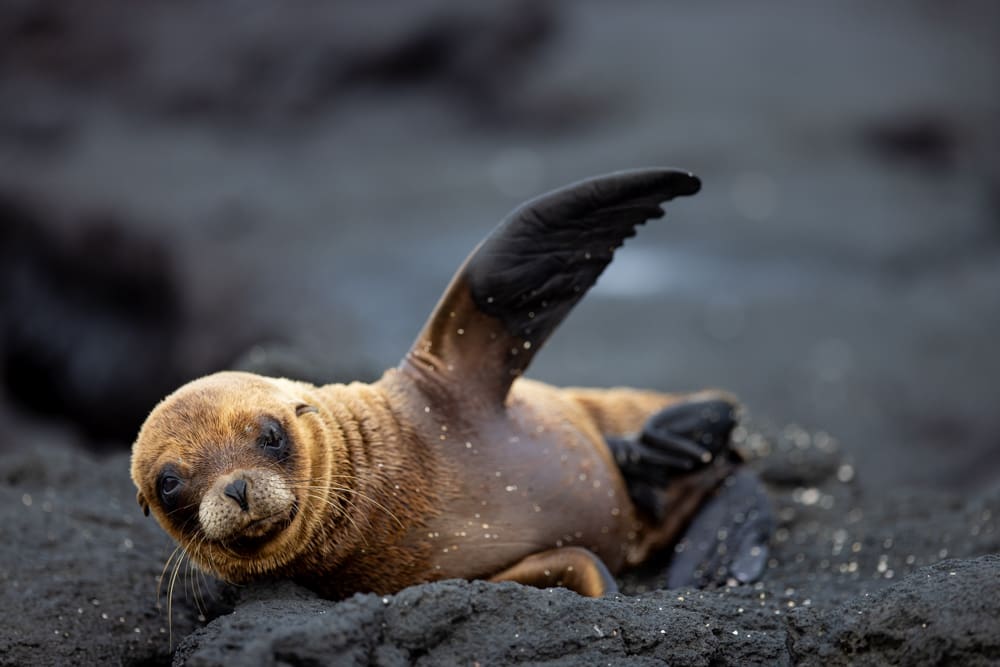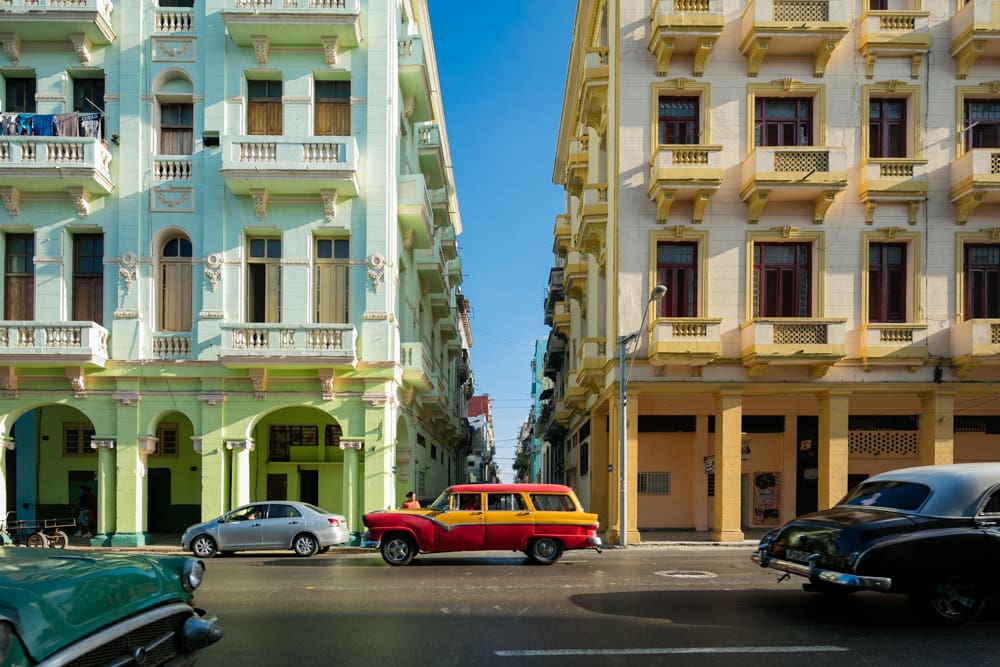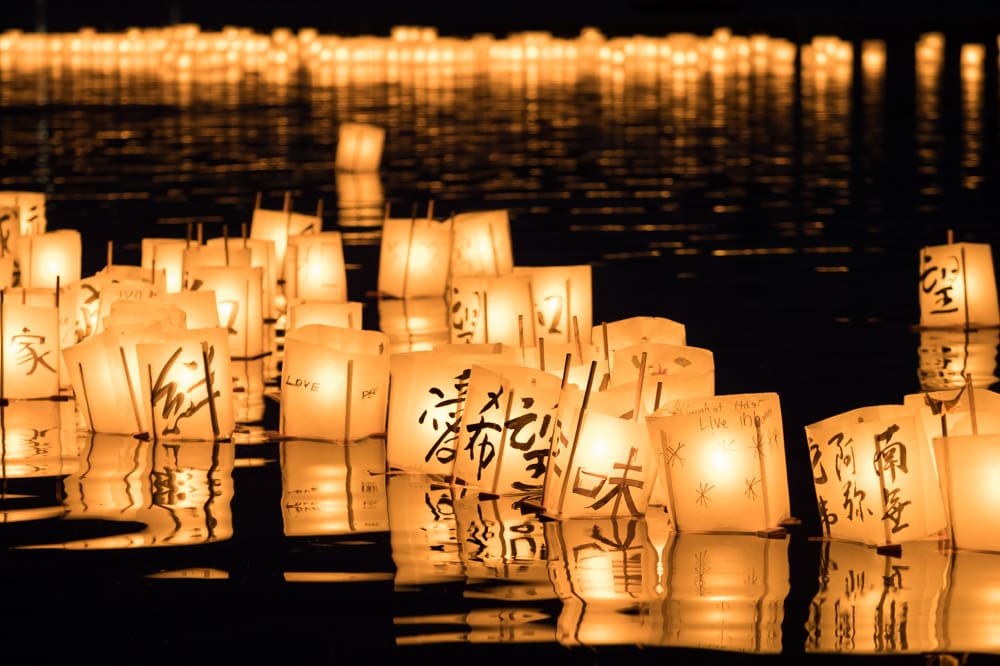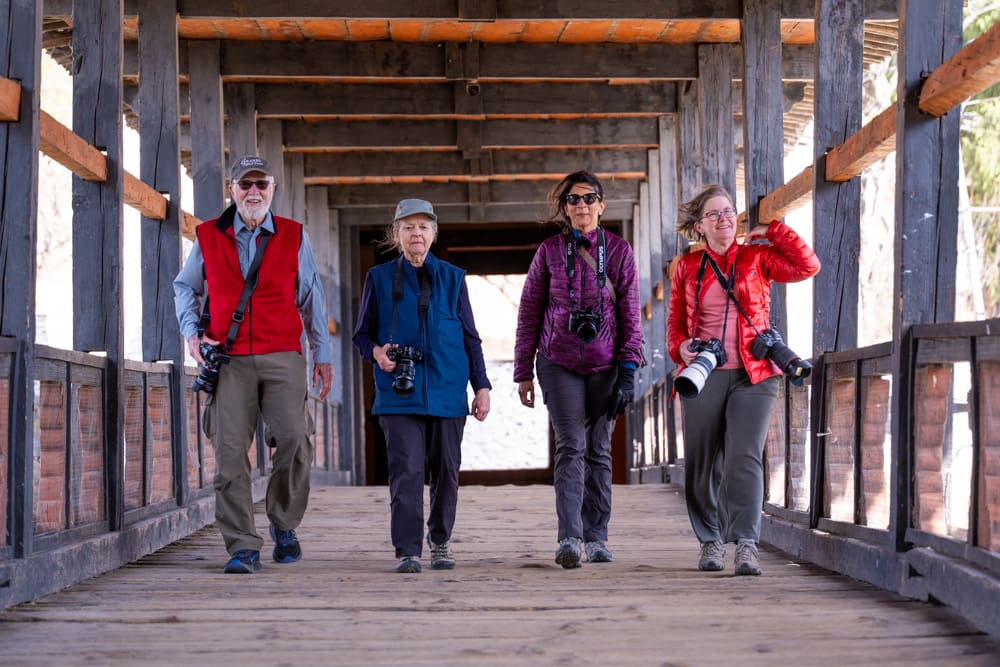If you’re a self-proclaimed photographer in today’s world, you probably own more than one lens. Beyond the world of phones and point-and-shoot cameras, most serious cameras have the option for changing the lens out. It’s the multitude of lens options that gives photography the versatility that it has.
Let me tame the critics before we continue. Yes, there are many images of great quality and great importance that were taken with non-interchangeable lens cameras; from twin-lens reflex and Graflex cameras to disposable, 110, Disc film, point-and-shoot and cameras on phones. And yes, that ever-popular Fujifilm X100 VI is a grand camera for taking fine photos. But for the all-around photographer looking to capture a variety of subjects with an abundance of compositional freedoms, the interchangeable lens camera rules the roost.
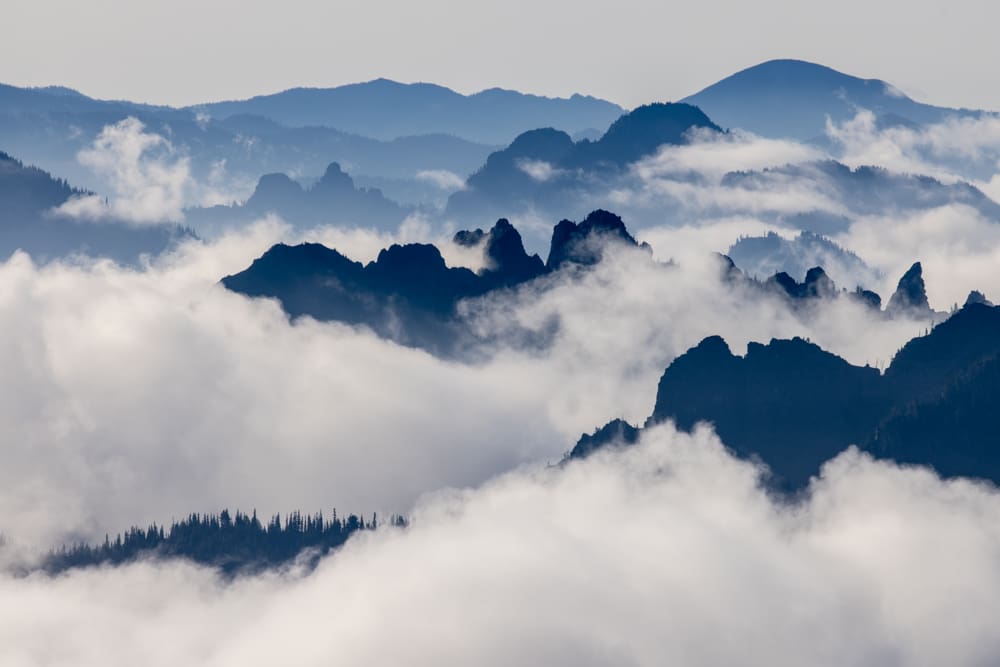
Canon R5, RF 100-500mm F/4.5-7.1 @ 451MM | F/11 | 1/60 SEC | ISO 100
No matter whether you choose an SLR, mirrorless, medium-format, crop-frame or large format camera, the ability to change the lens opens the creative door. It is oh-so rare that someone invests into an interchangeable lens camera, with only the intention of using one lens. The simplicity, ease, and speed in which a lens can be changed is very alluring, if not addicting.
For the beginner
Photography has a pretty steep learning curve, and to the newbie, two lenses feels about right. It’s enough that you can say you’re taking advantage of the interchangeable lens system, but not so much that you get confused about what lens to use. One lens for basic stuff, the other for far away stuff; that’s pretty easy to remember.
My first set of interchangeable lenses was a set of manual focus Tokina lenses for my Nikon N2000. The camera came with a special lens package that included a 35-70mm f/3.5-4.8 and 70-210mm f/4-5.6. I knew when to use one; I knew when to use the other; but most of the time, I knew that I wanted better lenses.
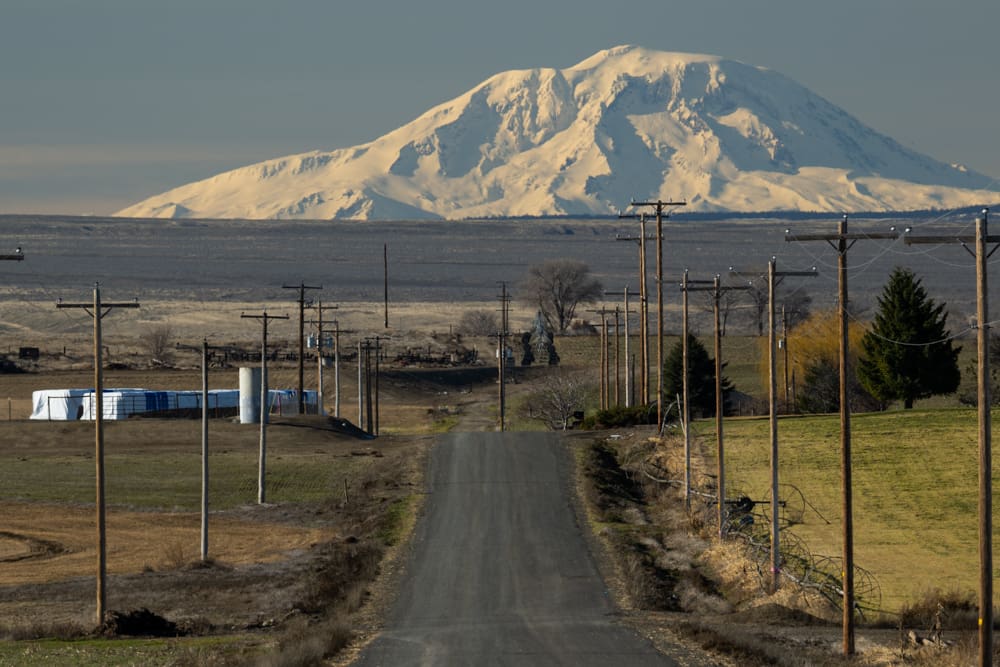
Nikon Z9, Z 100-400MM F/4.5-5.6 @ 400MM | F/11 | 1/50 SEC | ISO 64
A two-lens kit is a good start; it provides a bit of versatility within a well defined parameter. For the hobbyist with a casual interest in photography, this may be the end of the road. Two lenses is more than enough for a family photographer looking for better quality images and a bit of a hobby to experiment with. Two lenses is enough for someone with a secondary interest in photography where the main goal is to photograph their primary interest.
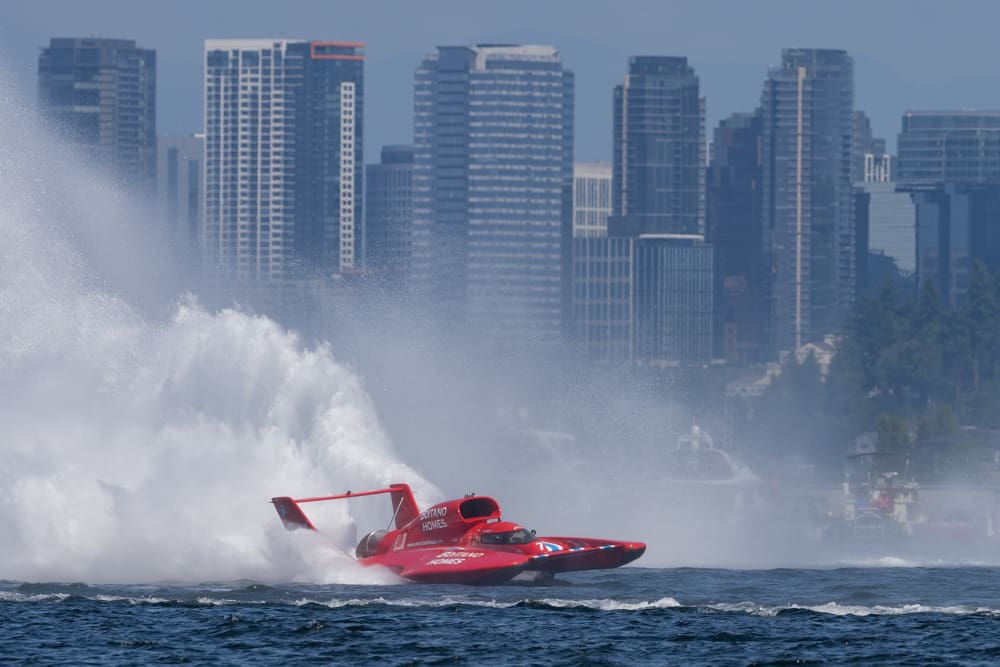
Olympus E-M1X, Olympus 300MM F/4 @ 300MM | F/5.0 | 1/2500 SEC | ISO 200
When photography becomes the primary interest, a couple of thoughts may manifest themselves. The first is that there might be a better lens available than the one that you currently own. And number two — there might be a lens that would allow you to capture images that you are currently unable to do. Of course, these thoughts are more than likely… correct.
It’s a rare beginner that knows right from the get-go what the best lenses are for their intended purposes; and have the money to afford it. There’s almost always a lens that is better or newer than what we have; and if not, just wait a few months.
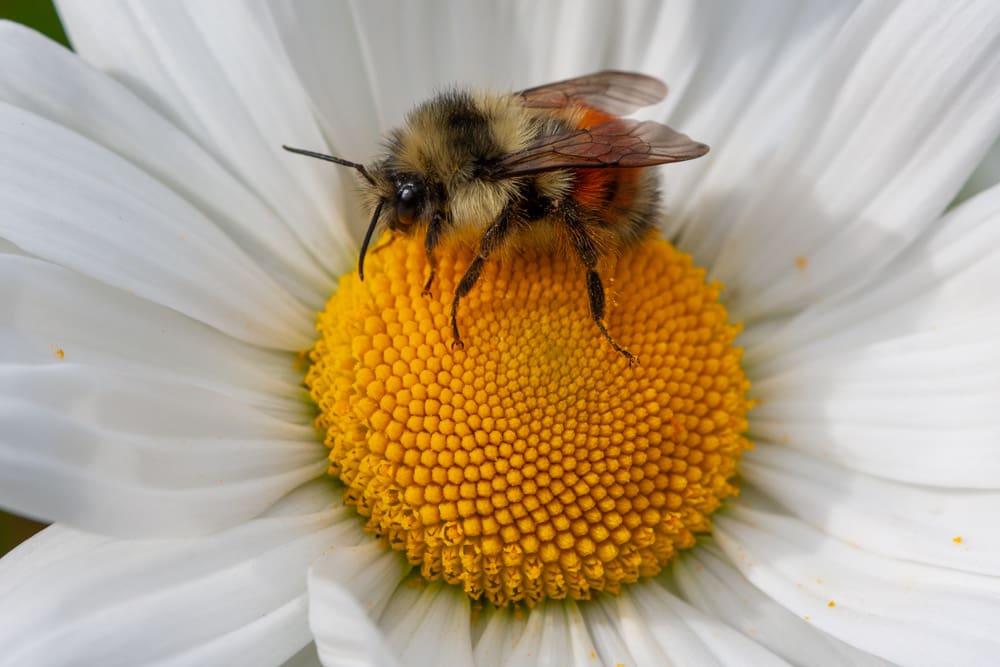
Canon 40D, EF 100MM F/2.8 @ 100MM | F/6.3 | 1/640 SEC | ISO 200
And then there’s the allure of something new. An ultra-wide lens for capturing a cathedral; a macro for close-ups of a flower; or one of those big lenses for wildlife. Oh where-o-where do I want to go with my photography?
Everyone’s journey in photography is unique and the route we take should be of our choosing. It’s only natural that a different lens might just open a door to a world of new possibilities. A life in photography is one that is influenced by the lenses we choose to use. They are a critical way in which we express ourselves. Lenses are the medium by which we share our stories.
The enthusiast
For the self-proclaimed photographer — even if it’s just for fun — they will want to have enough lenses to cover the regular occurring needs that their style of photography requires. The precise number is hard to pin down, but it might be three or four.
The first two lenses are almost always some full-frame (FF) derivative of a 24-70mm (basic wide to short-telephoto zoom) and a 70-200 or 100-400mm (telephoto zoom). For a third lens — if you are into landscapes or architecture, you’ll want something in the ultra-wide range of 16mm (FF) or so. If sports, action, or wildlife is your thing, then you’ll be wanting one of the super-telephotos that reach out to 400mm or beyond (FF). And since it’s easy to want it all, you can very easily end up with four lenses.
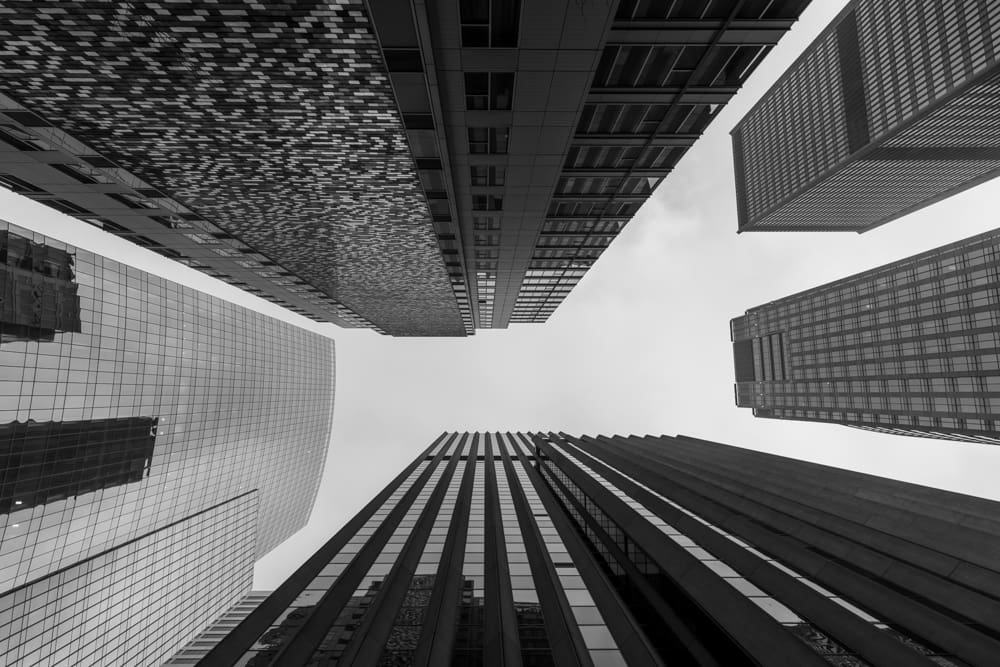
Canon R5, EF 16-35MM F/4 @ 16MM | F/11 | 1/50 SEC | ISO 200
Prime lenses
When you really start to hone in on a particular subject — portraits, birds, street, fashion, macro, food, architecture, or sports (the list goes on) — you almost always end up considering the holy grail of lenses — a prime lens, for whatever focal length is right for your subject. Nothing beats a prime when you’ve dialed in all the chaos and figured out exactly how you want to capture your subject.
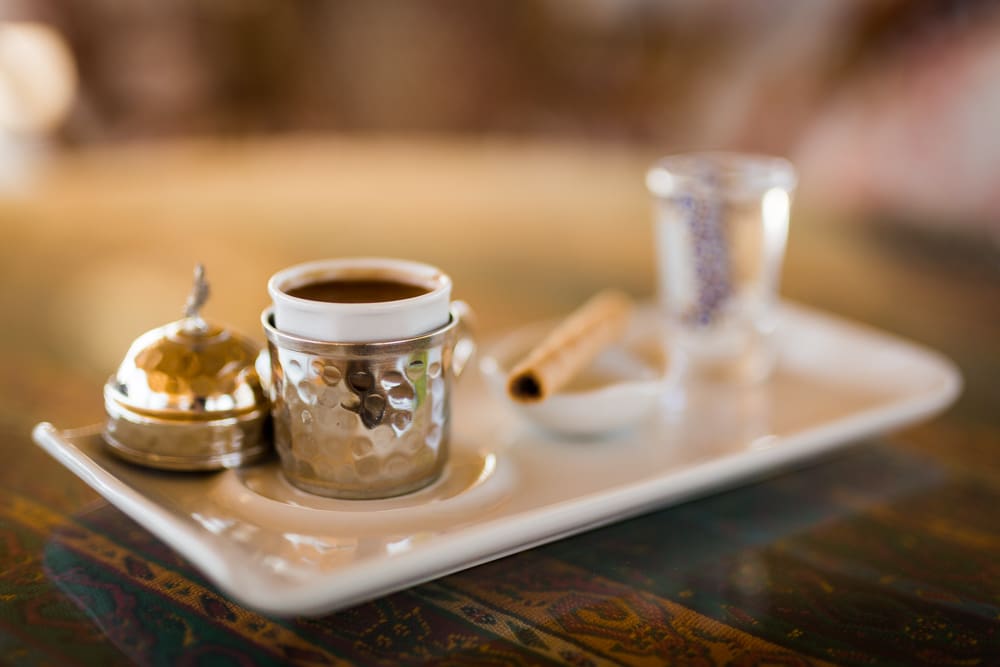
Canon 5D mark III, Sigma 50MM F/1.4 @ 50MM | F/1.4 | 1/800 SEC | ISO 125
The prime lens will let in more light, allow for faster shutter speeds, enable shooting at lower ISO’s, will weigh less, be smaller in size, sharper in focus, and more durable to boot. Yes, we all know that zooms are more versatile, and for subjects that are very unpredictable — like wildlife, athletes, and the chaos of everyday life — zooms are just the sensible choice. But when you’ve got everything dialed-in just so, the prime lens is the tool of precision.
So we throw a prime lens in the bag, and what are we up to four or five lenses? Now, if you have six or more lenses, then you have what is known as a problem. Welcome to the club! I’m a long standing member, and I’m a proud ambassador. I’ll admit, I’m a terrible, no good, horrendous example of how many lenses a person should, or can, own. Excluding my current life as a photography leader and teacher specializing in camera classes (and now lens classes), my traditional “normal photographer” camera bag was usually filled with about five to six lenses.
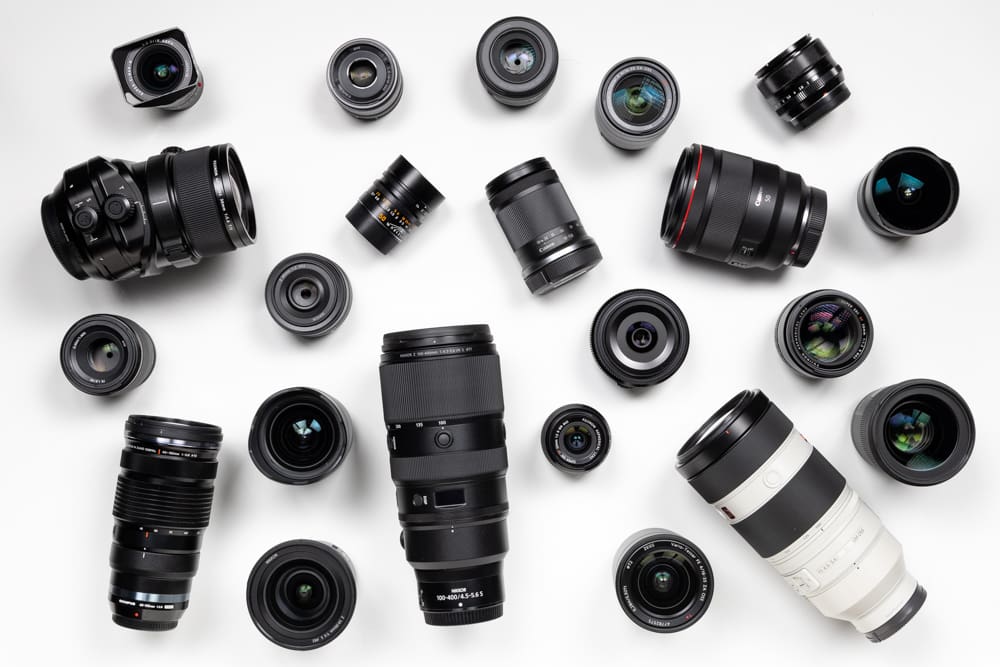
Just A sample of John’s lens collection
Five to six lenses
With a medium-to-large backpack, it’s hard to carry more than 5 to 6 lenses; so that’s a pretty logical limit for most people. This is the type of pack you better have the legs of a 20 or 30-year-old to carry around for a full day. If you’re hauling around one of those monster zoom’s or long f/2.8 lenses, the backpack is going to be very big, or very heavy, but most likely both.
Going beyond six lenses means that you may have sub-systems within one brand. You may have a few lenses that form your “travel setup” but they are different from what you keep in your home studio. I used to own three basic prime lenses (24mm, 50mm, 105mm – FF) that were part of my “old-school” manual setup; at least that was my hopes. I used them as intended a few times, but not as often as I’d hoped.
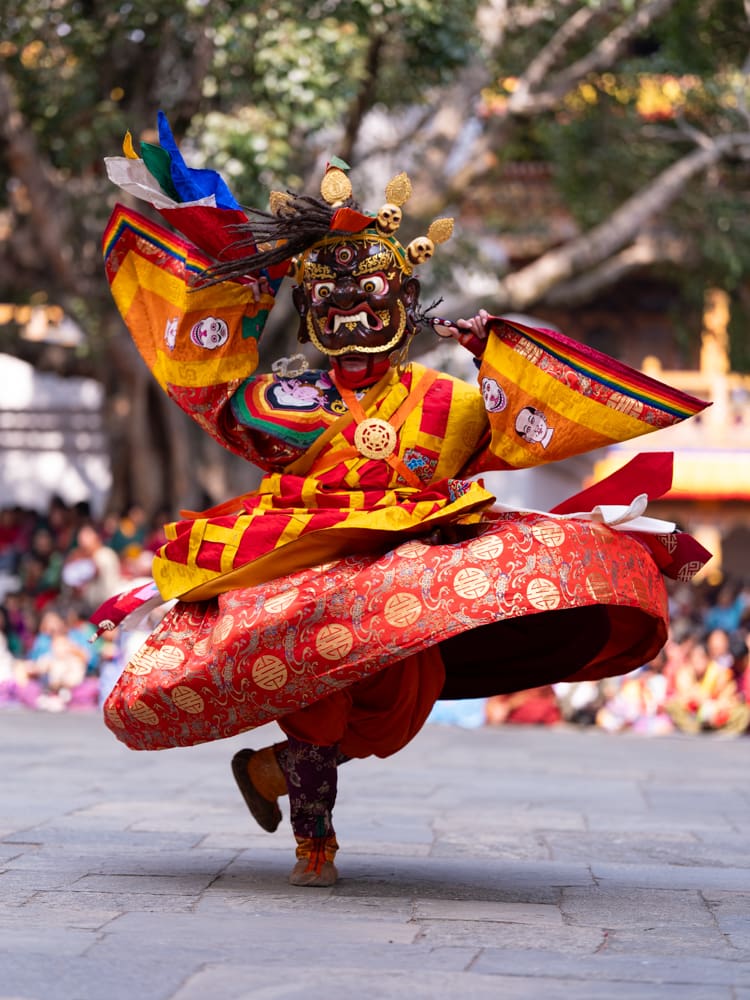
Fujifilm GFX100 II, GF 110MM F/2 @ 110MM | F/2 | 1/2500 SEC | ISO 400
If you do have more than six lenses, it may be because you are shooting with two different systems. Not being able to share lenses between brands (yes, we know about Panasonic’s partnership with OM System as well as Leica) means a whole new set of lenses.
Two (or more) systems
If you’re the type that doesn’t like to wonder if the grass is greener on the other side, and you’re willing to buy that house to make sure you’ve got the greener grass, then you’ve just doubled your equation. I haven’t seen any scientific studies in why people own multiple interchangeable lens systems, but I think I have enough experience to make some educated guesses.
Owning two different brand’s cameras with near identical lens setups is very, very rare. Owning two systems is usually to accomplish two different tasks; say like family portraits, and wildlife and sports. Aside from this, the need for a large collection of lenses for two different systems is few and far between.
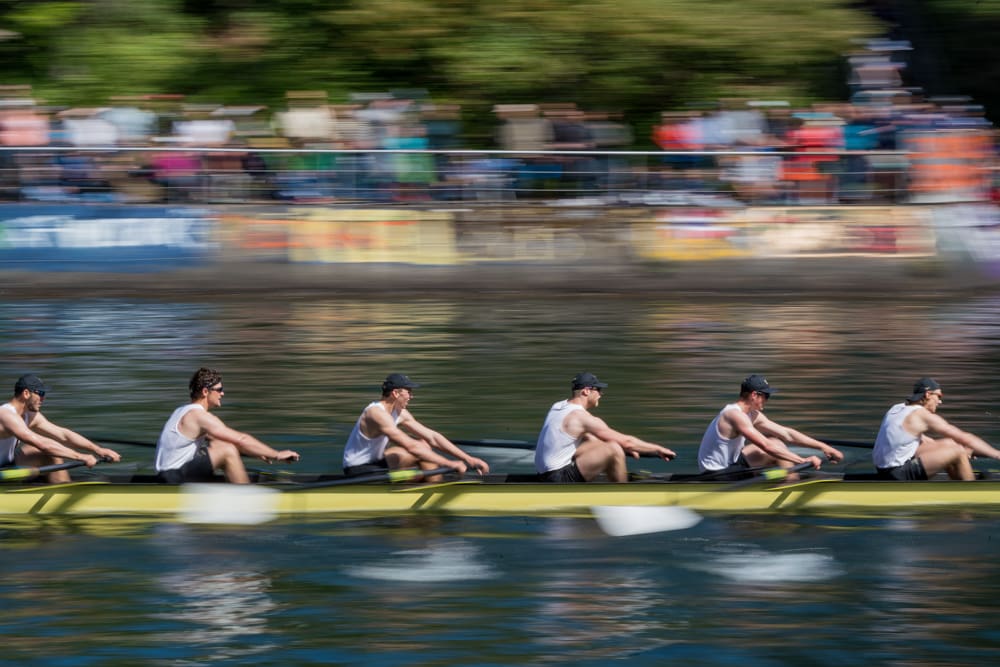
Sony A7R III, FE 100-400MM F/4.5-5.6 @ 100MM | F/32 | 1/15 SEC | ISO 100
How do you know if you own a lot of lenses?
When you go out to shoot, are you leaving lenses at home? If yes… you have a lot of lenses. Again, welcome to the club! Now be mindful; I’ve not said that anything is wrong with this. It’s just a fact. A well-equipped photographer will have the tools necessary to accomplish what they are setting out to do. If you like to do a wide variety of photographic endeavors, you’re just going to have a lot of lenses.
What do I own?
I’m not going to tell you exactly what I own (I’ve alluded to it in my monthly newsletter), partly because I’m embarrassed about it ,and partly because I don’t want to spend half a day meandering around my house trying to count everything up. Let’s just say that I like to shoot with a variety of brands because I need real world experience if I want to teach quality classes. For each brand, I need at least three lenses for going out and capturing a wide variety of example shots. I also need an additional lens that is more or less used as a prop on the camera. This “prop” lens never leaves the house and is just for product shots and working with the camera in the office. It’s typically a small, lightweight normal lens.
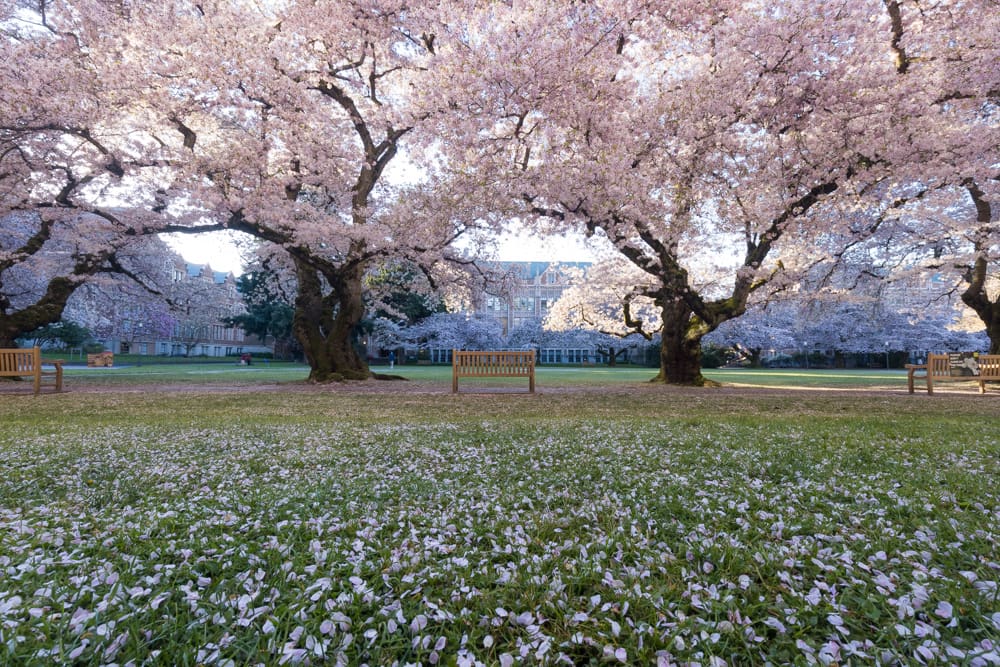
Canon R5, EF 16-35MM F/4 @ 16MM | F/16 | 0.8 SEC | ISO 100
I shoot with Canon, Nikon, Sony, Fujifilm, OM System (formerly Olympus) and Leica; you do the math. Yes, I still own some DSLR gear. And don’t forget — many of those manufacturers have multiple format systems; at this point you might need a bigger calculator. But remember, it’s all a legitimate business expense, at least that’s what my tax accountant keeps telling me. In the long-run, it’s all an investment in what I do and what I love. Years down the road everything will be boxed back up and sold to another photographer looking to open a new door for their creativity.
If I’ve done my job right, the lens will be in very good condition and I’ll have the original box and packaging with it. I’ll get less than I paid for it by a notable margin, but given the years of access to the lens, I’ll likely be paying far less than $1/day for it.
The Rental Lens
Renting a specific lens for a specific task, or to test it out, makes a lot of sense. There are a number of places where you can rent lenses and it’s a great way of achieving a specific task.
I rarely rent lenses from rental houses, because I see ownership as another form of rental. The benefit to owning is that you get unlimited access for a period of time of your choosing, in exchange for a slightly higher “rental” fee and an outlay of cash at the beginning.
If you rent a lens for a week it may cost you $100 (lens choice dependent). If you have the money, you could buy the lens, use it (and look after it) for 5 years and turn around and sell it. The cost to you for the five years of ownership might be equal to about 5-10 weeks of rental, but you will have had access to it for 260 weeks.

Fujifilm GFX100 II, GF 110MM F/2 @ 110MM | F/2 | 1/320 SEC | ISO 80
Lenses maintain their value far longer than the typical modern digital camera. Current popular camera models are usually replaced with a new version every two to three years, while lenses frequently maintain their position, in cost and purpose, for 8 to 15 years. I can name a number of unique lenses where it took 20 years for a newer better model to be introduced.
Despite my own ways of doing things, I still recommend rental lenses because they can give you the best taste for what a lens can do, for the least price. If you are thinking about that 400mm f/2.8, you’d be foolish to just go out and buy one if you’ve never shot with one before. Same thing can be said for a tilt/shift or hyper-fast prime lens.
The best number of lenses to own
The correct number of lenses to own is unique to each person. It’s a number that is big enough to satisfy your taste of photographic variety and small enough to not cause marital strife or unpleasant knocks on the front door.
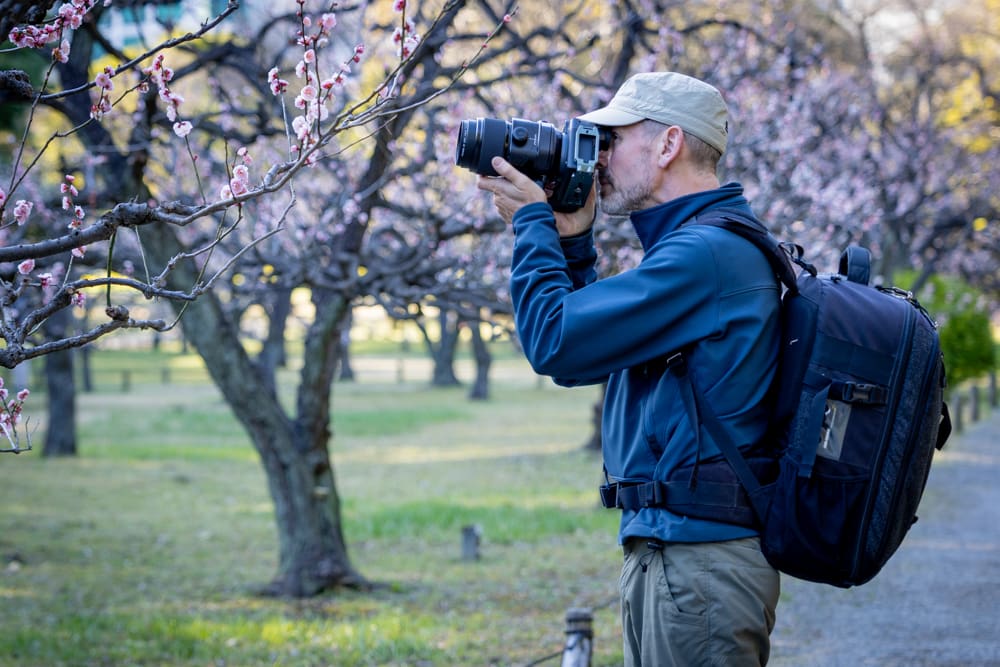
John Greengo in Tokyo
[image credit: Michelle Greengo]
Back in the day when I stood behind the camera counter, I would occasionally advise a new photographer with a bit of backward thinking advice. I’d tell them to go over to the bag collection and find a bag that they would like to carry all their gear around in. Bring that bag back to the counter and we’ll fill it up with the equipment that best fits their needs.
The reverse thinking get’s straight to the concept that photographers live with out in the field. What do we have with us, does it fit our needs, style, and way of working? Do we enjoy what we have? The answers to these questions ideally should be yes. And the camera bag, whatever form it may take, is an important part of it. I’ve spoken about bags before, so I’ll try to get back to the issue at hand.
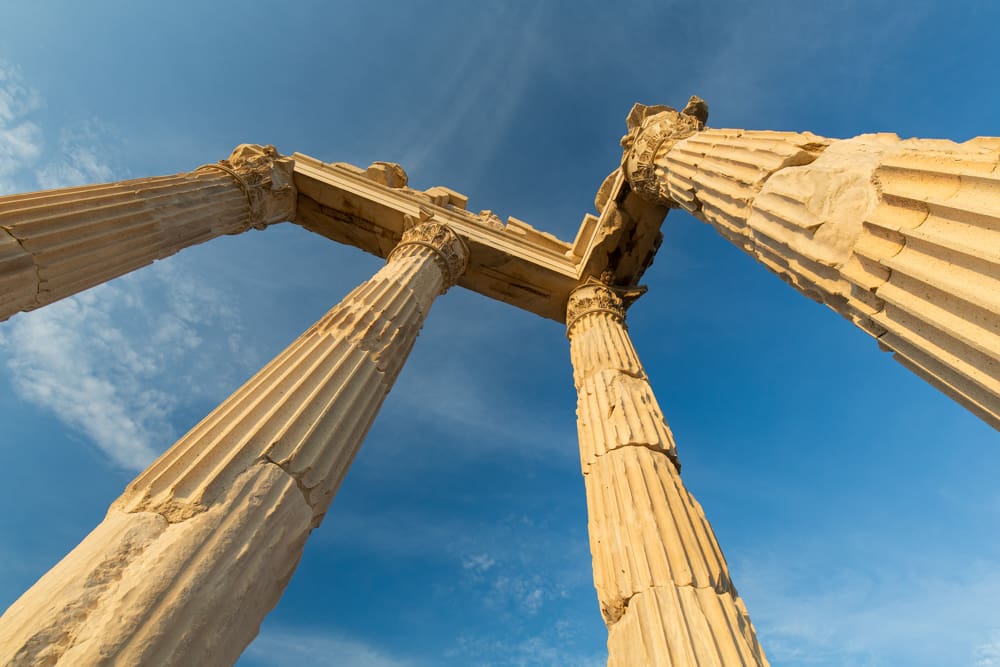
Canon 5D mark III, EF 16-35MM F/4 @ 16MM | F/8 | 1/60 SEC | ISO 100
When it comes to lenses, it’s easy to say — “oh that looks like a nice lens” — it’s another thing to put that lens in your bag and carry it around for a whole day. Each lens is a small investment into our hobby, career, or passion. It’s best not to waste your time or money in/on foolish pursuits. A poor lens choice will waste your money, waste your time, and frustrate you with results you weren’t hoping for. A smart lens purchase will improve your photography and enable a growth in your photographic creativity.
Perhaps four lenses might just be the sweet spot. Enough to cover a broad range from wide-angle to telephoto. Easy enough to fit in most bags, and could be paired down to two lenses for traveling light.
The bonus lens
To be honest, it could all be done perfectly well with three lenses. But I love the bonus lens. You know that feeling when you pack your bag with the necessary items, and there is one lens-sized hole just begging to be filled. Three lenses for hard work and one lens for fun, something different, or a moment of extreme creativity.
What’s a good bonus lens? Anything that isn’t totally necessary, but opens the door to capturing your subject in a new way. The best bonus lenses are not too big, perhaps a macro lens, a fisheye, or maybe a fast prime. Consider your environment and your subject, and use your creativity to come up with a different way to capture the same subject.

Canon R5, RF 70-200MM F/4 @ 200MM | F/4 | 1/5000 SEC | ISO 400
You can determine a lot more about a photographer by their choice of lenses than their choice of brand or camera model. Both elements are key to capturing images, but lenses have far more influence on the art we create and the impact it has. Choose wisely, your next photograph depends on it.
Become part of John’s inner circle
Sign up for the newsletter here — it’s free.
Want to become a better photographer?
Check out John’s selection of photography and camera classes here.
